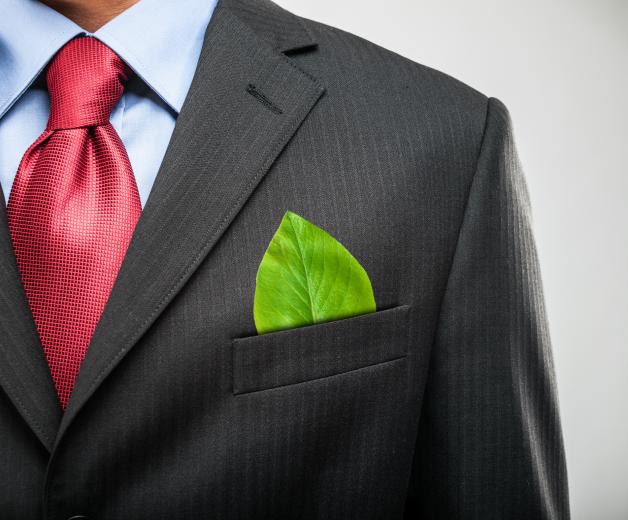1 8
1 8
This week I was talking to the CEO of a global destination management company, and he said, “The worst thing would be to be tell people what we are doing about sustainability and then have a journalist write an article pointing out all the things we aren’t getting right.”
This CEO isn’t alone in his fear. Over the years, I have seen many fantastic examples of sustainability in action that are not being spoken about out of fear of saying the wrong thing, in the wrong way, to the wrong person. But it is only through sharing your sustainability actions that others in the event industry will be inspired to improve their social, economic, and environmental impacts.
Think about these 10 tips when you consider sharing your sustainability journey.
It means making decisions that are good for the environment, the community, and for the business’s bottom line. When you talk about your sustainability initiatives, don’t forget to talk about the positive impact they have in these areas.
The sustainability actions of a global sporting event in Brazil will vary dramatically compared to a business conference in Copenhagen because of the location, event size, local climate, local infrastructure, and attendee behavior. Be brave and tell your own story. Don’t try to copy what someone else is saying.
Every year Positive Impact leads #CSRshareDay, an online 24-hour Twitter campaign for best-practice sharing. In 2016, we reached over 1.2 million people, and the event was a celebration of people taking action to create a sustainable event industry. It is easy to start thinking that the actions you are taking won’t make a difference, but when you share with a community, you start to understand the impact that lots of individual actions around the world can have.
Use photographs or data charts to demonstrate your actions and impact. People often hear the word “sustainability” and think it’s too academic—so bring it to life through pictures.
Nobody is perfect but its better to be imperfect and trying to make a positive difference than not to try at all. A great example of this is the opening ceremony of the 2016 Olympic and Paralympic Games in Rio. For months leading up to the games the global media reported on the bad state of Rio’s waterways, the negative social impact of favellas being moved, and the high crime rates. During the opening ceremony, Rio focused on climate change. Organizers understood that when the eyes of the world are watching, the content of an event has to be relevant for everyone and there is nothing more relevant than the state of our planet.
Sharing information like “we wanted to recycle our signage into bags for use post-event, but the signage fabric was not suitable” will enable others to learn from your experience.

